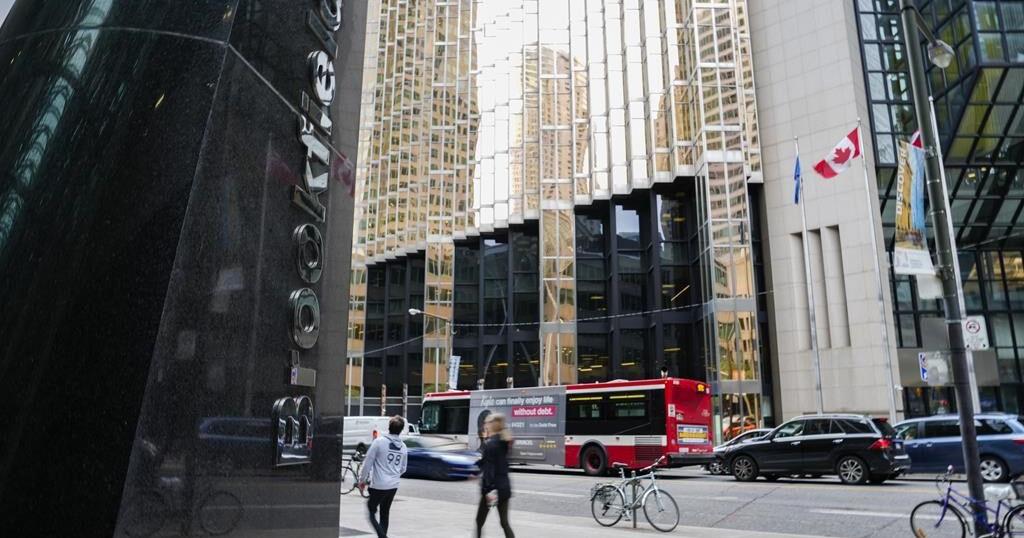The University of Victoria is proposing to significantly reduce the carbon footprint of its $225 million short-term investment fund, resulting in divestment from high-carbon emitting companies, and increased investment in renewable energy and other clean technologies.
The recommendation follows months of research, meetings with student groups, and consultation with a range of stakeholders and external experts. It goes to the university’s Board of Governors for consideration Jan. 28.
The proposed policy for short-term investments will lower carbon emissions across the entire portfolio in all sectors by at least 45 per cent by 2030, in line with targets set by the UN’s Intergovernmental Panel on Climate Change (IPCC) and the Paris Climate Agreement that would limit rising global temperatures to 1.5 C.
Setting targets to substantially lower emissions throughout the portfolio is a more holistic way to accomplish the change needed across all sectors of the economy and to support the development of low-carbon technologies needed to significantly reduce the use of fossil fuels.
This is in comparison to alternative approaches such as outright divestment and disengagement with all fossil fuel companies.
“The university knows it has a critical role in responding to the climate crisis caused by excessive emissions of greenhouse gases due to human activity,” says Gayle Gorrill, vice-president of Finance and Operations, whose department worked on the policy options and organized education sessions with external experts for the board.
“While a target of 45 per cent is an ambitious goal that will challenge the university, we believe it was an important goal to set, and that this comprehensive approach will bring real and meaningful change.”
In recognition that climate change is the key global issue of our time, UVic is also embarking on an integrated and comprehensive Climate and Sustainability Action Plan across campus. Early discussions have been held about how to undertake this critical work with more details will be provided in the coming weeks.
This initiative will build on UVic’s world-leading research and academic programming related to climate change, sustainability and environmental stewardship, as well as its action plan for sustainable campus operations including building construction, energy and water use, transportation and waste management that has earned UVic a rating as one of North America’s most sustainable universities.
Gorrill said the administration appreciates the research and perspective of Divest UVic which has played an important role in engaging the university in the critical dialogue about how to address climate change as well as the efforts of faculty and members of administration who are committed to addressing the perils of a warming climate by working together to seek solutions.
Noting that based on data from the US that 80 per cent of greenhouse gas emissions come from the consumption of fossil fuels and 20 per cent from the production of fossil fuels, Gorrill said UVic’s approach broadly targets the release of greenhouse gases (GHG) by many different types of activities including consumer behaviour, deforestation or industrialization among others.
In addition to materially lowering carbon emissions, the policy will allocate a portion of the funds to themed impact investments that align with the university’s Strategic Framework and further the UN Sustainable Development Goals. Impact investments seek to generate positive, measurable social and environmental impact along with financial return.
Investment opportunities would include Indigenous economic development, Passive House construction (the most rigorous global building standard for sustainability and energy efficiency), impact GICs, and green bonds among others.
Other elements of the policy include: becoming a signatory to the United Nations Principles of Responsible Investment; participating in activities to encourage carbon emission reductions; evaluating the portfolio for physical, liability and transition risks associated with climate change; and encouraging better disclosure of carbon emissions and climate-related risks.
The university identified sustainable futures as one of the six priorities in its Strategic Framework,2018 to 2023. In addition to the updated investment policy the university is continuing to review and renew its approach to sustainability in every domain—research, education, community engagement and campus operations in a comprehensive response to the challenges of climate change.
The draft policy is available for viewing as part of the public docket of the Board of Governor’s Jan. 28 meeting on the University Secretary’s website.
Source link
Related























